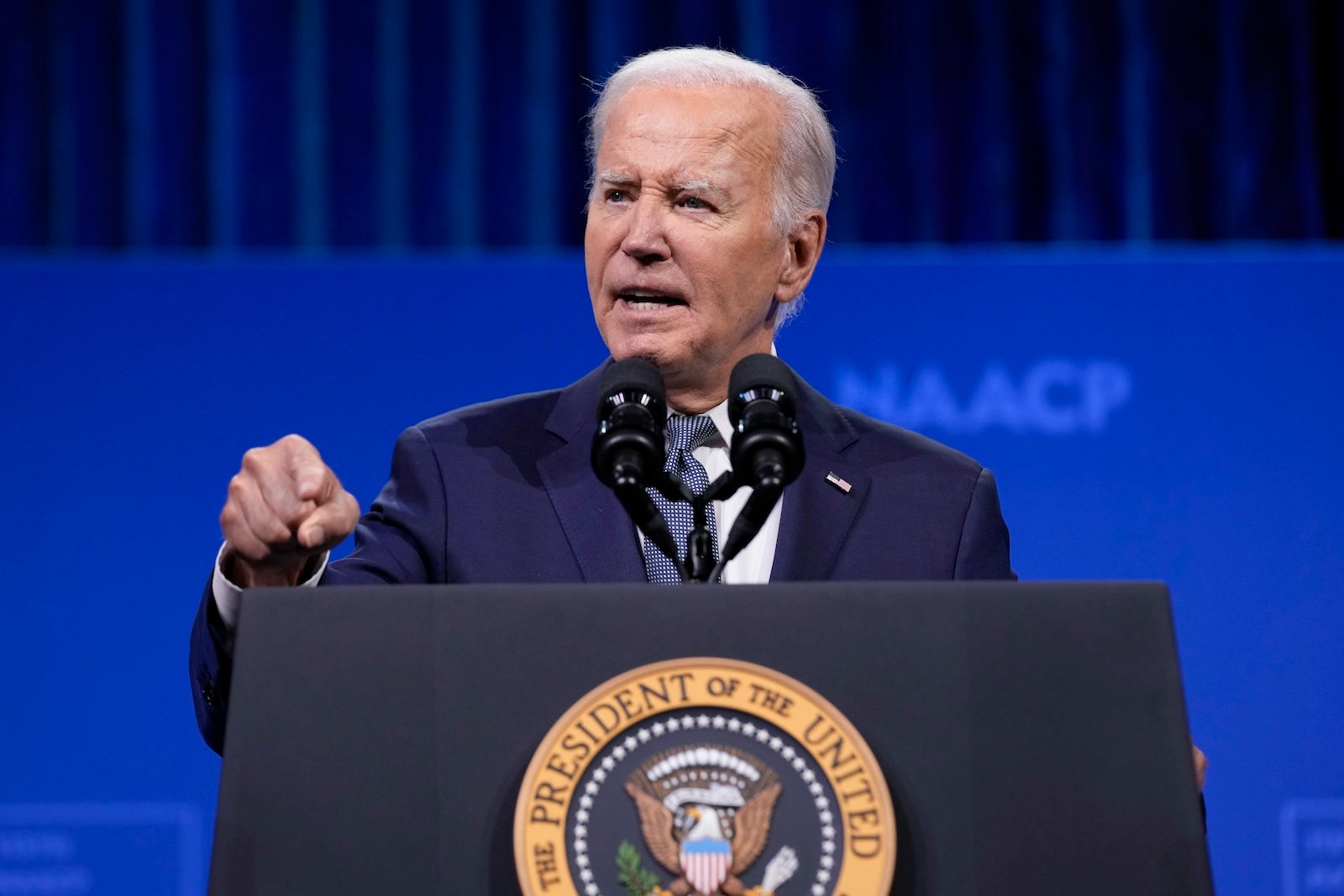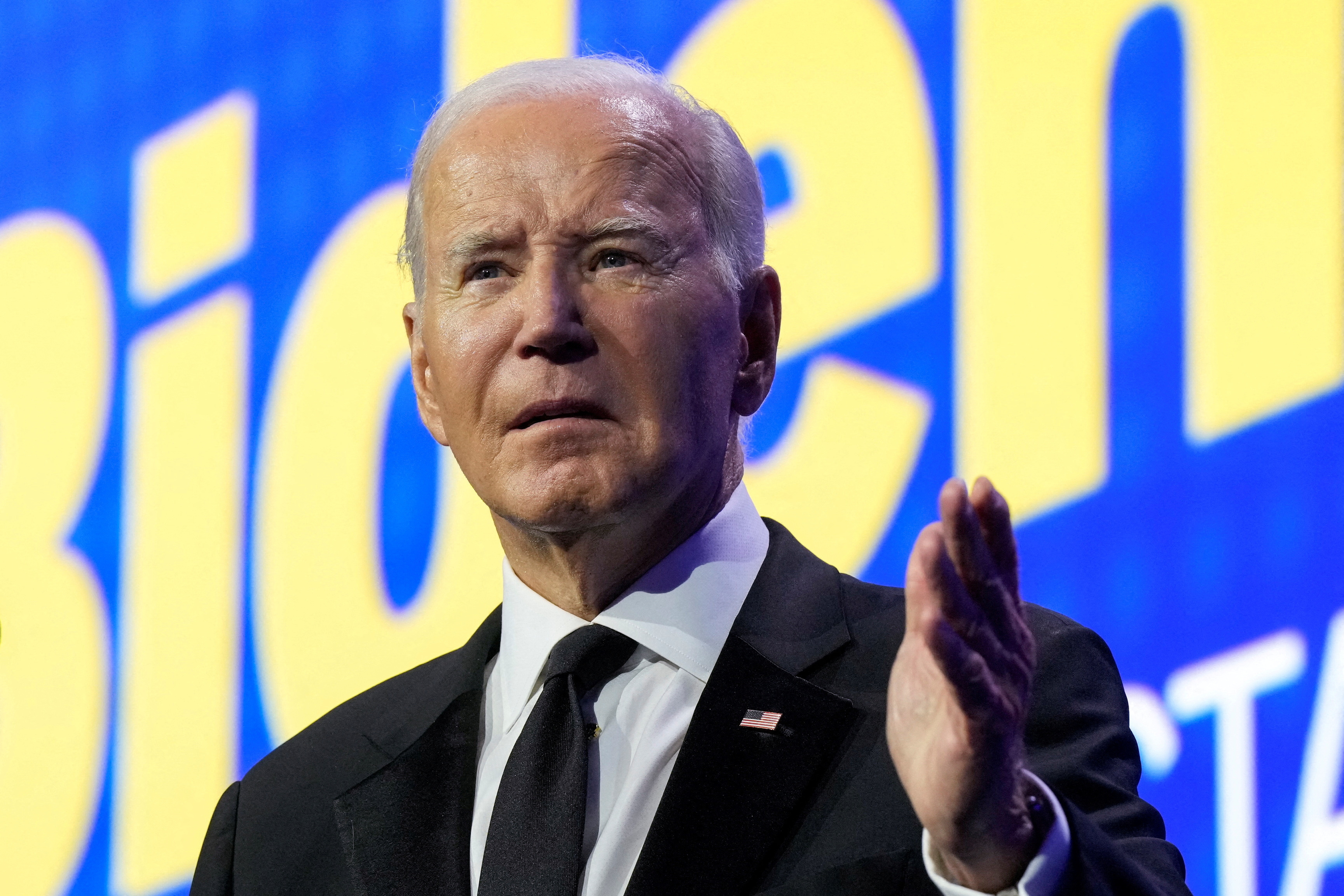Carville’s recent prediction about Biden potentially exiting the presidential campaign has sent shockwaves through the political world. While the idea of Biden stepping down may seem far-fetched to some, Carville’s track record for making accurate political predictions cannot be ignored. If Biden were to exit the race, it would undoubtedly have significant implications for the campaign.
With the Democratic primary field already crowded with candidates vying for the nomination, Biden’s departure would open up the field even further, creating new opportunities for other candidates to gain momentum. This could lead to a shift in the dynamics of the race, with candidates who were previously overshadowed by Biden now having a chance to emerge as frontrunners.
Additionally, Biden’s exit could also impact the general election campaign, as the Democratic nominee would no longer be the candidate with the strongest name recognition and experience in national politics. This could potentially give an advantage to the Republican nominee, who would now face a weaker opponent in the general election.
Overall, Carville’s prediction has raised questions about the future of the Democratic primary and the implications it could have on the 2020 presidential campaign. Only time will tell if his prediction comes to fruition and how it will shape the course of the election.
Carville’s Forecast: Why He Expected Biden to Withdraw
James Carville, a seasoned political strategist, recently made headlines with his controversial forecast that predicted Joe Biden would withdraw from the presidential race. Carville cited a number of reasons for his prediction, including Biden’s lackluster performance in debates and campaign events, as well as his inability to generate enthusiasm among key demographics.
Carville also pointed to Biden’s struggles with fundraising and organization, suggesting that these factors would ultimately lead to his downfall. Additionally, Carville expressed concerns about Biden’s ability to connect with younger voters and mobilize the Democratic base, which he believed would be crucial in the general election.
While Carville’s forecast was met with skepticism by many political analysts and pundits, his track record of accurately predicting election outcomes gave his prediction a sense of credibility. Ultimately, Carville’s forecast served as a wake-up call for the Biden campaign, prompting them to reevaluate their strategy and messaging in order to improve their chances of success in the upcoming election.
Biden’s Campaign Response: Using Predictions to Their Advantage
Biden’s campaign response has been strategic in using predictions to their advantage. By analyzing trends and data, the campaign has been able to tailor their messaging and outreach efforts to target key demographics and swing states. This approach has allowed them to focus on issues that resonate with voters and mobilize support in crucial areas.
Additionally, the campaign has been proactive in anticipating potential challenges and developing contingency plans to address them. This foresight has helped them stay ahead of the curve and navigate uncertain political terrain with confidence. By leveraging predictions and strategic planning, the Biden campaign has been able to adapt and pivot effectively in a rapidly changing political landscape.
This agile approach has allowed them to capitalize on opportunities and overcome obstacles, positioning them for success in the upcoming election. Overall, Biden’s campaign response demonstrates the power of using data and predictions to inform decision-making and drive a winning strategy.

The Impact of Carville’s Prediction on Voter Perception
James Carville’s prediction about the upcoming election has had a significant impact on voter perception. His forecast has caused widespread speculation and discussion among voters about the potential outcomes of the election.
Many voters are now considering his predictions when making their decisions about who to vote for. Carville’s reputation as a political strategist and his track record of accurately predicting election results in the past have added credibility to his latest prediction.
This has led many voters to take his forecast seriously and to contemplate its implications for the future of the country. Some voters may be swayed by Carville’s prediction and adjust their voting behavior accordingly, while others may be skeptical and choose to disregard it.
Regardless of how individual voters interpret Carville’s forecast, it is clear that his prediction has had a significant impact on voter perception and has influenced the way many people are approaching the upcoming election. As the election draws nearer, it will be interesting to see how Carville’s prediction continues to shape voter attitudes and behaviors, and ultimately, the outcome of the election itself.
Strategic Messaging: How the Campaign Turned a Prediction into a Strength
Messaging is a critical component of any successful campaign strategy, as it has the power to shape perceptions and influence public opinion. When crafting strategic messaging, it is important to consider the overall goals of the campaign and how to effectively communicate those goals to the target audience. In a recent campaign, the team was faced with a prediction that initially seemed like a potential weakness.
However, by carefully crafting their messaging, they were able to turn this prediction into a strength. Through a combination of storytelling, emotional appeals, and clear communication, the campaign was able to effectively address concerns and shift public perception in their favor.
By focusing on the positive aspects of the prediction and highlighting the benefits to the audience, the team was able to create a compelling narrative that resonated with voters. This strategic messaging not only helped to overcome initial doubts but also positioned the campaign as a strong and viable option for those seeking change.
Ultimately, the campaign’s ability to turn a potential weakness into a strength through strategic messaging played a key role in their success on election day. It serves as a powerful reminder of the importance of thoughtful and purposeful communication in shaping public opinion and achieving campaign goals.

Historical Precedents: Similar Predictions and Their Outcomes in Past Elections
Historical precedents have shown that predictions made in past elections often have outcomes that mirror those of the present. For example, in the 2016 US presidential election, many analysts predicted that the outcome would be a close race between the two major candidates.
This prediction was based on historical data that showed close races in past elections tend to result in a split popular vote and a contentious battle for the electoral college. Similarly, in the 2000 US presidential election, predictions were made that the outcome would be determined by a few key swing states.
This prediction proved to be accurate, as the election came down to a recount in Florida and ultimately had to be decided by the Supreme Court. These historical precedents highlight the importance of considering past election data when making predictions about the outcome of current elections.
By studying the patterns and trends that have emerged in past elections, analysts can better understand the potential outcomes and anticipate the challenges that may arise. This can help to inform decision-making and strategy development for candidates, political parties, and voters alike.
Ultimately, historical precedents serve as a valuable tool for understanding the dynamics of elections and the factors that can influence their outcomes. By learning from the lessons of the past, we can better prepare for the challenges and opportunities that lie ahead in future elections.

